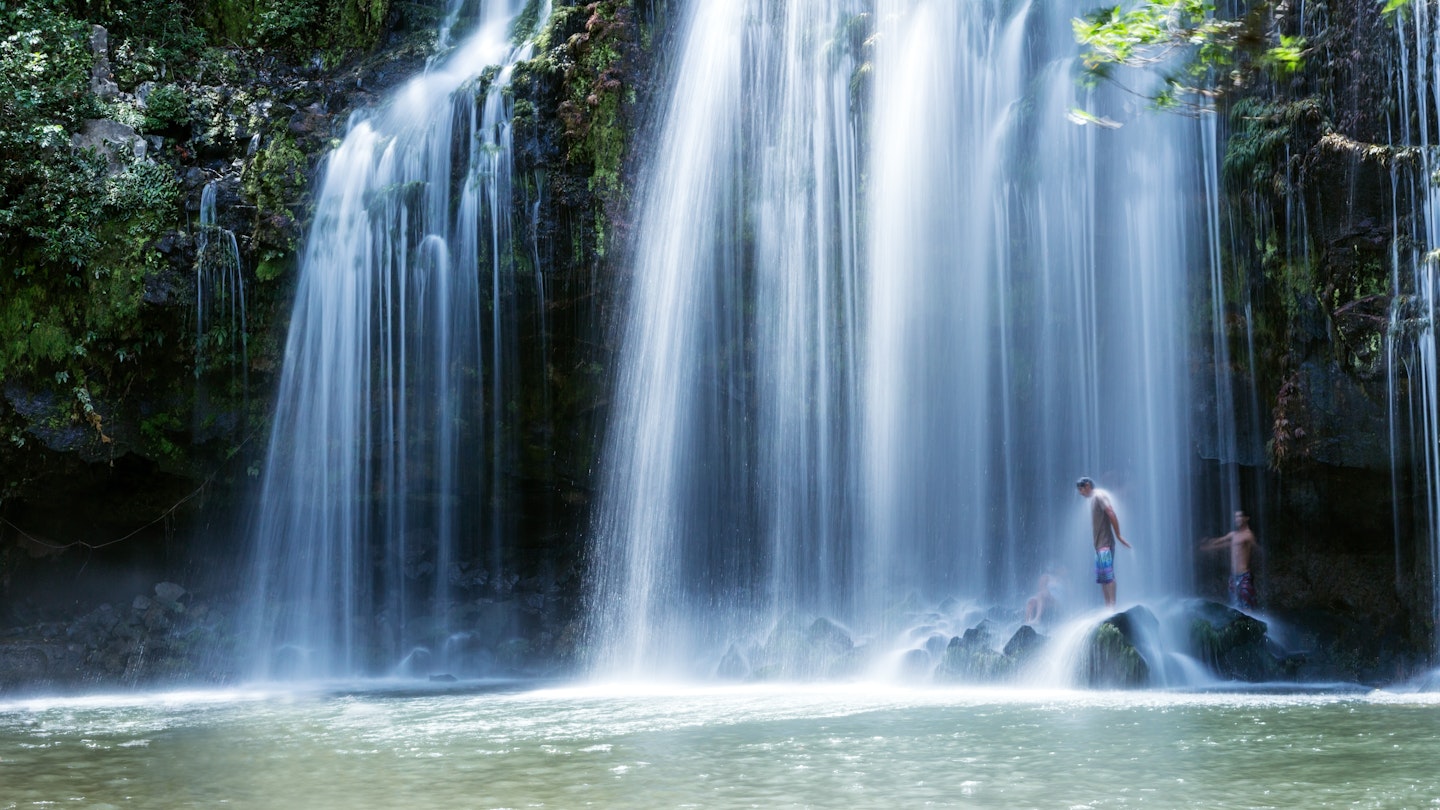10 Budget-Friendly Travel Tips for Costa Rica
It’s common for travelers to feel “sticker shock” when reviewing the costs associated with eco-lodges, vehicle rentals, and tours in Costa Rica. Notably, it is the most expensive nation in Central America, primarily due to its thriving economy and tourist infrastructure.
However, there are numerous strategies for budget-conscious adventurers looking to stretch their colones. As a rule of thumb, mimic the locals by seeking out authentic dining, accommodations, and attractions.
Here are 10 top tips for traveling on a small budget in Costa Rica.
Understanding Daily Costs
- Hostel room: US$25-45
- Basic room for two: US$80-150
- Eco-lodge per night: US$150-350
- Local intercity bus ticket: US$2-20
- Tourist shuttle bus ticket: US$65-85
- Casado (fixed-price meal): US$8-12
- Batido (fresh fruit smoothie): US$3-5
- Craft beer: US$6
- Admission to national park or nature preserve: US$12-17
- Canopy tour: US$50-80
- Average daily cost: US$75-150
Embrace the Green (Wet) Season
The peak tourist season in Costa Rica extends from December to April. Consequently, prices for flights and accommodation are notably lower outside of this period. For the best savings, consider visiting between August and November when costs often decrease by up to fifty percent. Remember to pack your rain gear!
Select the Right Airport
Choosing the correct airport can dramatically affect your travel costs. Costa Rica boasts two international airports: the larger one in San José (SJO) and a smaller, more convenient option in Liberia (LIR). Comparing both airports is worthwhile, as fares may vary significantly. Typically, the airport closest to your destination will save you time and money.
Pay in Cash to Avoid Extra Fees
Many hotels and tour providers impose additional charges for transactions made with credit cards; conversely, discounts for cash payments are common. As a result, cash transactions are often cost-effective in Costa Rica. Given that the local currency is the Costa Rican colón, it’s advisable to bring US dollars or obtain colones from an ATM to maximize savings.
Opt for Bus Travel
Car rentals can be unexpectedly expensive due to mandatory insurance fees that sometimes double the initial rate. In contrast, bus travel is not only more affordable but also environmentally friendly.
Public bus fares vary between US$2 and US$20, depending on distance. Although navigating different companies and routes may require some effort, resources like Visit Costa Rica and local bus schedules can offer invaluable assistance for planning your journey.
For added comfort, several companies provide tourist shuttles between popular locales, typically priced from $65, yet still cheaper compared to car rentals.
Accommodations: Hostels and Cabinas
For budget-conscious lodging, cabinas are the preferred option. These rustic cabins have limited amenities but are usually affordable, serving families and travelers alike. In addition to cabinas, hostels—ranging from basic to luxurious—offer an accessible place to stay. A newer type of hostel known as “hostel resorts” provides guests with added amenities like pools and recreation areas, in addition to dormitory and private room options.
Dine Where Locals Eat
A visit to any town or village reveals local restaurants called sodas, offering delightful traditional dishes at reasonable prices. The casado, typically a set meal of rice, vegetables, and protein, is a must-try for budget-friendly dining.
Shop Local Markets and Food Stands
Another way to keep expenses down while enjoying local cuisine is to shop at markets. Fresh tropical fruits and vegetables can be found at excellent prices, while street food like empanadas and tacos Ticos offers delicious and affordable options.
Drink Tap Water with Confidence
In general, tap water is safe to drink throughout Costa Rica, freeing you from the need to buy bottled water and contribute to plastic pollution. For those uneasy about drinking tap water, investing in a water filter not only saves you money but also helps keep the environment safe.
Engage in Independent Activities
While some excursions, like zip-lining and waterfall rappelling, necessitate a tour guide, many activities can be enjoyed solo. Therefore, prioritize independent exploration in national parks and nature reserves, where trails are well-maintained. You can also find gear rentals for snorkeling and kayaking along the coast—no guide required!
Explore Free Local Spots
In Costa Rica, all beaches are public, allowing you to enjoy the ocean without incurring costs. Additionally, there are many local swimming holes, hiking trails, and hot springs known mainly among residents. With a little research, you can uncover authentic local experiences—sometimes with a small donation for access.
Some of the best local spots include La Choyin hot springs in La Fortuna and Cerro del Amigo hiking trails in Monteverde.





